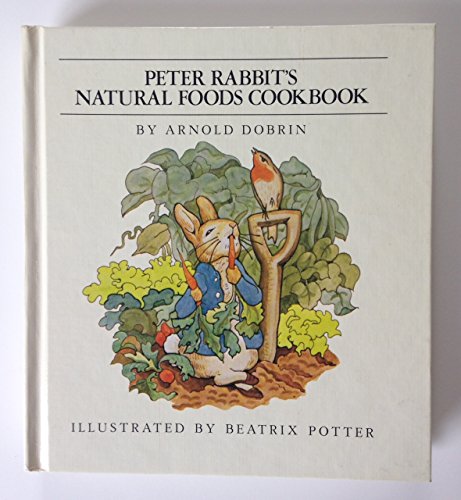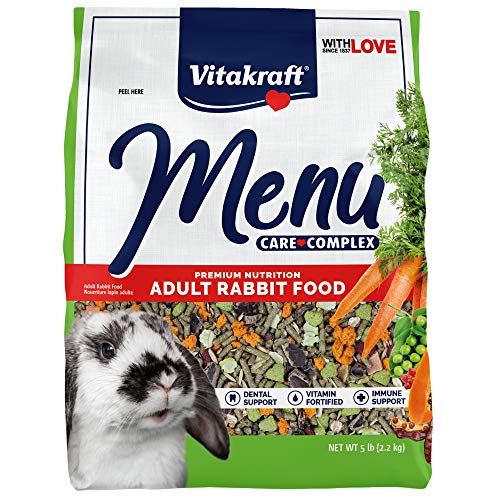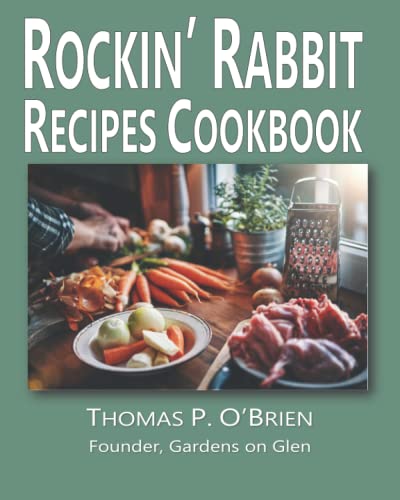I have read some about inbreeding, but I can’t for the life on me make sense of it in my head. Can someone please dumb it down for me?
If we start with a trio (2 does and 1 buck) how far can we get breeding before we are too inbred?
We are doing it for meat, once we need to replace our original breeders, keeping from their litters will cause inbreeding and is that as far as we can go? So once the new breeders need replaced, we would need some new blood introduced?
We also want to transition our rabbits to natural feeding, so need to consider when we add new blood, they would likely need transitioned too, which adds a level of difficulty.
Are we better starting off with 2 does and 2 bucks instead?
I need a simply low down because what I’m reading isn’t making sense to me, LOL
There's an old joke that says that we call it "linebreeding" when it is successful and "inbreeding" when problems arise.
Breeding related rabbits intensifies whatever is in their genes, desirable or undesirable. Rabbits can tolerate generations of close breedings (up to 17 according to one study) before you are likely to see any problems -- provided your initial breeders are healthy.
My experience with close breeding.
In more than ten years of breeding rabbits, I only twice brought in new stock. In both cases it was to replace my herd sire. My initial buck was on the small side and I brought in a much larger buck to replace him. Unfortunately, the new buck died suddenly, and I was forced yet again to bring in a new herd sire, a purebred NZ red I named Jasper. He sired great kits but he was hard on the does, very aggressively interfering with kindling. I had to cage him and that was not ideal for my colony. Most fortunately the sole surviving kit from one of his litters was a magnificent specimen and as soon as he was mature, he took over from Jasper. We had him until I was forced by mobility problems to give up the rabbits.
The kits from our does bred to one of these four bucks were just fine. I never saw anything amiss with any of them. The doe kits I assessed for the characteristics I value (vitality, meaty conformation, and temperament) and I only kept the best of the best as future breeders. My rabbitry was small, so I rarely had more than four breeding does and often fewer than that.
Bottom Line
This is not a problem you need to worry about. The only advantage I can see about having two bucks is that there is less chance that an untimely death will leave you without a buck.
As far as the effect on the kits, as long as you screen them before choosing from among them for future breeders, there is no reason for concern. "Keep the best and eat the rest" is a line you will hear quite frequently.
It's not a bad idea to hang onto a very promising young doe and breed her once or twice even if you don't feel you need more breeders at present. Some does are enthusiastic and wonderful mothers. Some others not so much. Some does will continue producing great kits for years on end. In others, productivity dwindles sooner.
By breeding only the very best, your overall quality will increase more quickly than by bringing in new stock unnecessarily. You have no way to know what characteristics a new buck might bring to his offspring. Once a trait is fixed, it can take a long time to breed it out.
Many people feel that sibling breedings are chancier than father/daughter or mother/son. Again, it depends on what traits get passed on to the offspring. Both good and bad characteristics will be intensified when relatives are bred.
I hope this helps you sort out the question, but if anything I wrote is unclear, please do ask about it.




















































